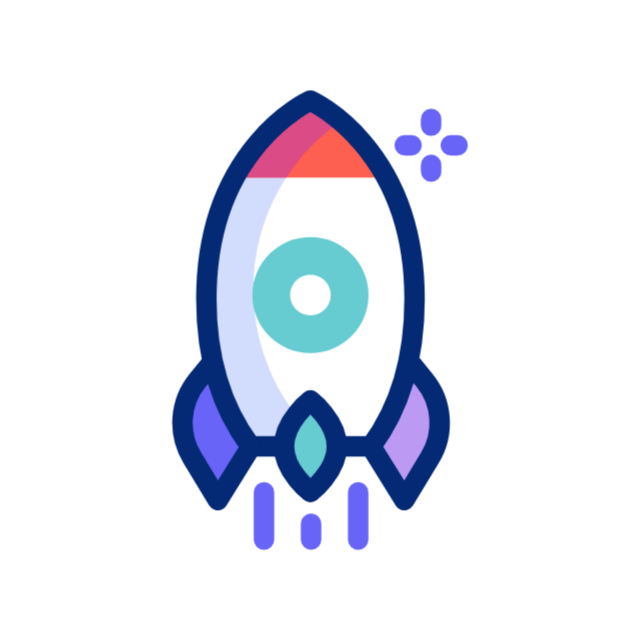Managing AI coding assistants can be hard. Many sessions, custom workflows, and resource checks pile up fast. Developers who use AI aides like Claude Code often face a mess of terminal commands. They lose sight of their projects when words scatter too far. New tools turn long command lines into clear, visual paths.
Here’s why a picture-based control for AI coding agents shifts the scene for developers and how such tools boost work speed.
Why Text-Only AI Coding Interfaces Can Be Hard
AI coding assistants help you write, debug, and tune code. These tools still make you work in text sessions. This brings some pain:
- • When you run many projects in one place, switching sessions in the terminal may end in mix-ups.
- • When you build a custom tool for a coding task, commands and scripts crowd the view.
- • When you check resource use, it is hard to see your data as it happens.
- • When your work paths break apart, you spend time on the tool instead of on code.
These problems slow work and delay teams that share projects.
The Worth of a Graphic Control for AI Coding Tools
A picture view keeps actions close and clear. When developers see sessions, tools, and use data on one board, the scene changes:
- • One view shows old and current sessions. This side-by-side view stops lost tasks and lets you shift between work paths.
- • One form makes a new AI tool. A few clicks do the task instead of long commands.
- • One chart shows live use data. You see your computer and API credits at a glance.
- • One clear path cuts unneeded steps. You stay on code rather than managing the tool.
This method meets the needs of solo coders and teams who share AI coding tasks.
Features That Make AI Coding Dashboards Stand Out
Not every picture view for AI coding aids gives the same ease or control. These parts are key:
- • Simple screens: A neat, clear design with menus that sit close.
- • One-click acts: Start, stop, or resume a session; build or fix a tool; or change a setting with few clicks.
- • Use and work charts: Simple logs list use data, error counts, and past requests.
- • Agent market or forms: Pre-built work paths or a place to pass a tool to another coder.
- • Connect choices: Links with favorite IDEs, version control, or CI/CD paths.
These parts not only make AI code assistants easy to use but also push steady work and team sharing.
Real Gains for Developers
Using a clear, visual platform for AI coding help brings wins:
- • Low mental load: Fewer commands to remember let you put ideas first.
- • Quick start: New team members work fast without long learning curves.
- • Better team work: Tools share settings and use data so work paths match.
- • Smart use of tools: Live use data stops overspend and cuts costs.
- • More work done: Smooth work paths and simple tweaks let coders work faster and deliver code quick.
This shift matters when time and clear thought are key.
Who Finds Visual AI Coding Controls Most Helpful?
- • Solo coders who want to use AI help without text command mess.
- • Software teams that need a common way to run AI coding paths and track tool use together.
- • Tech leads who watch over how teams use AI tools across projects.
- • AI fans who want to shape a tool experience by hand but do not have time to code every script.
By fixing common troubles, these controls make AI coding tools open and useful to more people.
Next Steps to Boost Your AI Coding Experience
If you feel that text commands slow you down, try a coding tool with a graphic control board. Look for tools that give you:
- A single view of sessions
- A simple tool creator
- Live use charts
- Clear connect options
Switching to these controls can save time, cut down on stress, and help you put more focus on code.
Take control of your AI coding work by choosing a tool that makes use simple. A clean, picture view does not just help your day—it lets you keep the focus on what counts: writing good code.


